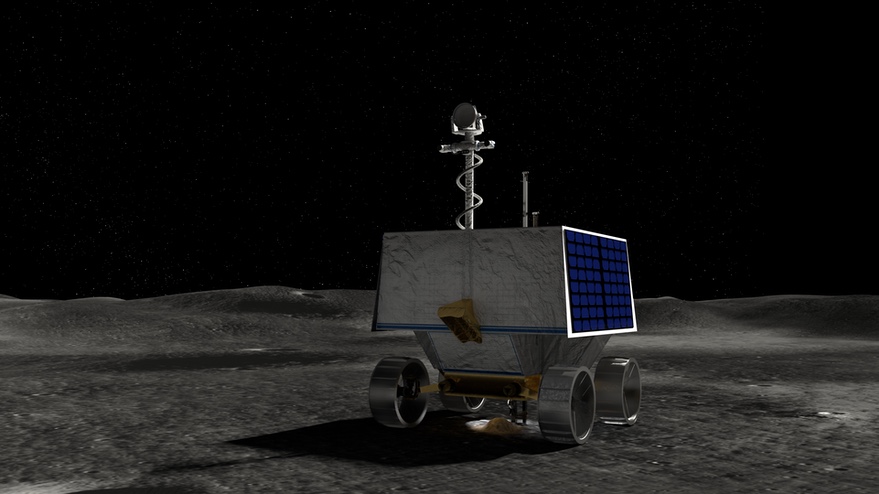A new genus and species of gracilisuchid reptile from the Triassic period has been identified from fossils found in the Santa Maria Formation in Brazil.
Artistic representation of a Middle-Late Triassic landscape of southern Brazil: (a) a large Prestosuchus chiniquensis feeds on the carcass of a dicynodont while individuals of Parvosuchus aurelioi compete for scraps; (b) and (c) depict details of individuals of Parvosuchus aurelioi. Image credit: Matheus Fernandes.
Named Parvosuchus aurelioi, the new species roamed Earth around 237 million years ago (Triassic period).
The ancient reptile was a type of gracilisuchid (Gacilisuchidae), an extinct family of pseudosuchians known from China, Argentina, and Brazil.
“Prior to the dominance of the dinosaurs, pseudosuchians were a common form of ancient quadruped reptile during the Triassic period, with some species amongst the largest carnivores of the time,” said Universidade Federal de Santa Maria paleontologist Rodrigo Müller.
“Smaller pseudosuchians known as gracilisuchids lived alongside these apex predators and have been found in areas such as China and Argentina.”
“These creatures were characterized by a relatively enlarged head with wide openings, carnivorous-like teeth, slender limbs, and a quadrupedal stance.”
The partial skeleton of Parvosuchus aurelioi was found in the Santa Maria Formation in the municipalities of Paraíso do Sul, Rio Grande do Sul, Brazil.
It consists of a complete skull including the lower jaw, 11 dorsal vertebrae, a pelvis, and partially preserved limbs.
“The reptile’s skull measures 14.4 cm in length and features long slender jaws with pointed teeth that curved backwards, and several skull openings,” Dr. Müller said.
“The skeleton is lightly built and estimated to be less than 1 m long in total length.”
“These features classify Parvosuchus aurelioi as a gracilisuchid, which makes it the first species from this group to be confirmed in Brazil.”
“This finding highlights the diversity among pseudosuchians in the Triassic period.”
The discovery of Parvosuchus aurelioi is reported in a paper published today in the journal Scientific Reports.
_____
R.T. Müller. 2024. A new small-sized predatory pseudosuchian archosaur from the Middle-Late Triassic of Southern Brazil. Sci Rep 14, 12706; doi: 10.1038/s41598-024-63313-3
Note: This article have been indexed to our site. We do not claim legitimacy, ownership or copyright of any of the content above. To see the article at original source Click Here

.jpg)












